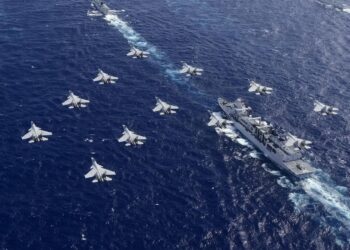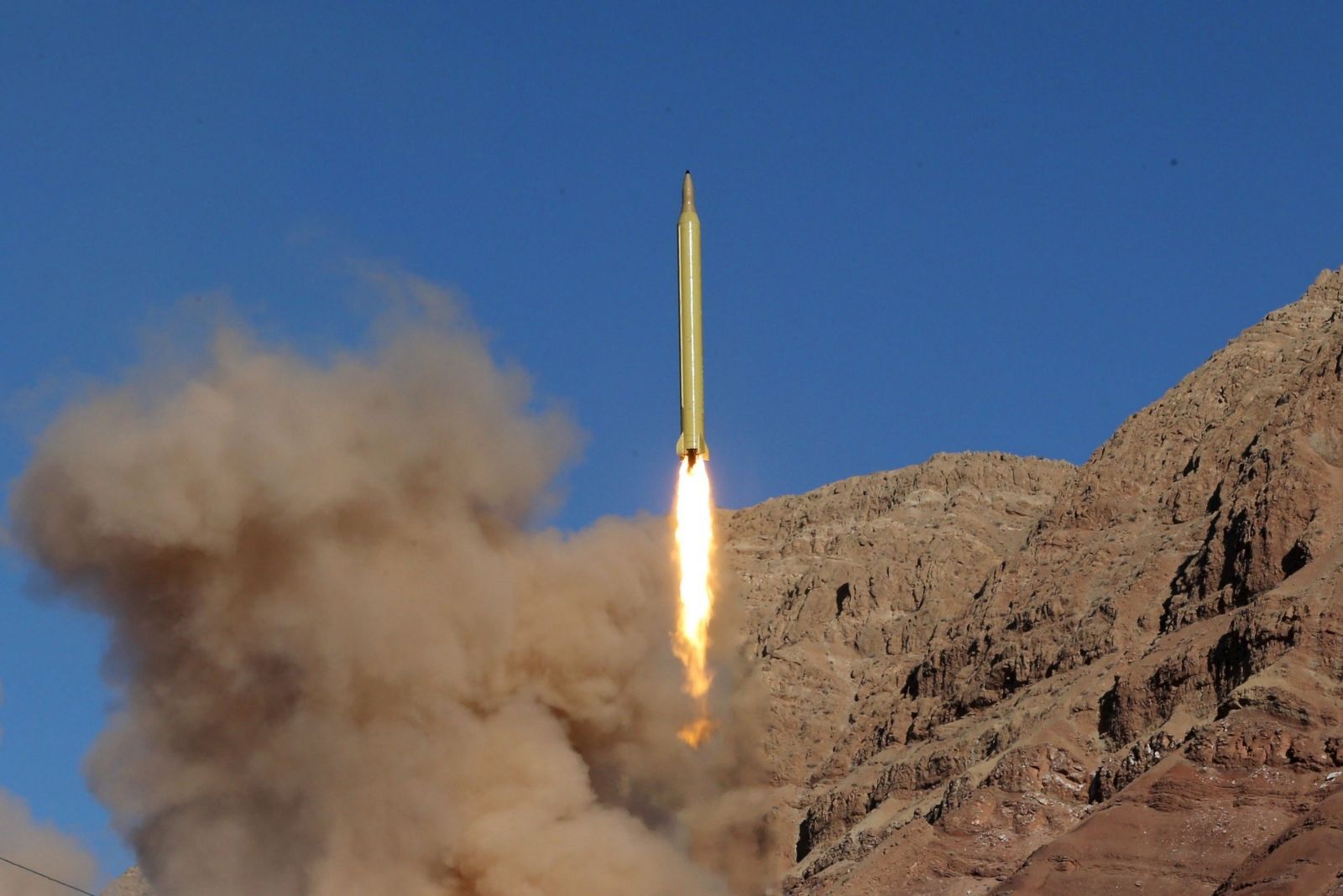UK Ministry of Defence,
Various newspapers have reported comments made in a book written by retired Brigadier Bill Kincaid, and published by the Royal United Services Institute, which blame equipment failures and, in particular the procurement process, for the deaths of Service personnel in Iraq and Afghanistan.
The views attributed to Brigadier (Retd) Kincaid's book are outdated and sensationalist, and do not do justice to the huge procurement effort that makes the British Armed Forces some of the best equipped in the world.
The MOD is totally committed to supporting the front line, as well as equipping the Armed Forces for future operations. We are spending very significant sums on this – £5.7 billion worth of new equipment was delivered to the Armed Forces in 2007/8.
Where necessary, we use the Urgent Operational Requirement (UOR) process to respond to rapidly changing operational needs, and under this we are getting equipment from the concept stage to the front line in record time; the new Mastiff armoured vehicles – offering unparalleled levels of protection and mobility – were delivered to the front line in just 23 weeks. We have approved over £4 billion of UORs for Iraq and Afghanistan since operations began.
We have made substantial efforts in recent years (well after Brig Kincaid's retirement) to improving our procurement effort. We are implementing programmes to change the way we approach defence acquisition, which run alongside the Defence Industrial Strategy. We have formed the Defence Equipment and Support (DE&S) organisation, with a holistic approach to procurement and through-life support of our equipment. And we have greatly improved the working relationship and transparency between MOD HQ, DE&S, the front line, and industry, with an emphasis on managing through-life.
Key to this is a sense of urgency – we are more conscious than anyone that time matters; and shared ownership of problems and risks. We also need to keep our programme and priorities flexible so we can respond to the latest requirements and threats. It is our job to stay one step ahead of the threat and adapt the equipment alongside our tactics, techniques and procedures accordingly.
The improvements to equipment for current operations have been considerable. The £4 billion of UORs for Iraq and Afghanistan of which some 85% is related to force protection includes electronic countermeasures, Reaper Unmanned Aerial Vehicles, Defensive Aids Suites for aircraft, and a range of other equipment for personal and force protection.
It has been a priority to ensure that a range of armoured vehicles is available, from the heavily armoured Mastiff to the more agile Jackal. They provide commanders on the ground with the varying degrees of protection, mobility and firepower they need to match the differing situations and threats they face.
We have now spent well over £1 billion on new vehicles for operations. Our announcement (October 2008) of a £700 million spend on more than 700 new and upgraded armoured vehicles will increase the protection of our vehicles against all threats, including explosive devices.









